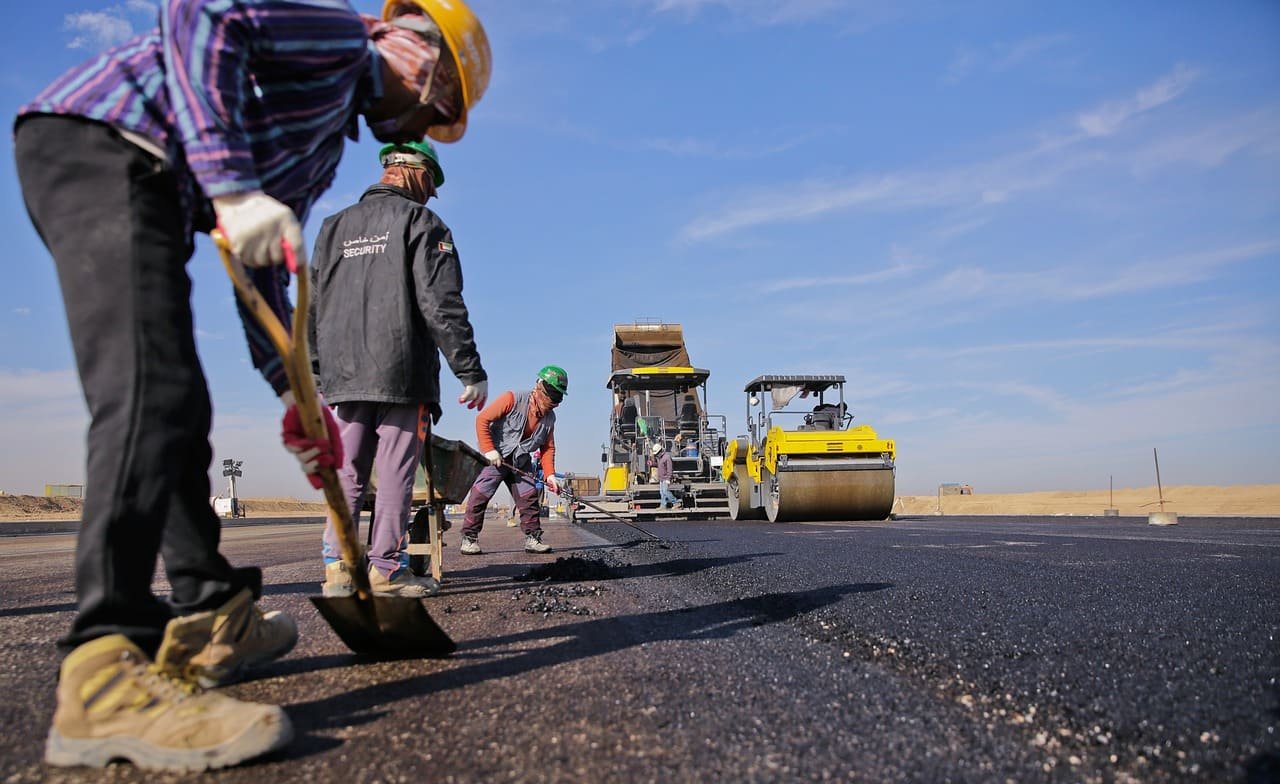When it comes to civil engineering, techniques for road design in civil engineering play a crucial role in ensuring safe and efficient transportation. Roads are vital for connecting communities, facilitating trade, and supporting economic growth. In this article, we’ll discuss various techniques that can enhance road design, ensuring they meet the needs of users while being environmentally sustainable and economically viable.
1. Geometric Design Principles
One of the foundational techniques for road design in civil engineering is the application of geometric design principles. This includes determining the layout, alignment, and dimensions of the road. A well-designed road should consider factors like the speed of traffic, vehicle types, and the surrounding landscape. Engineers use these principles to create smooth curves, proper sight distances, and safe intersections. This attention to geometry helps in preventing accidents and promoting efficient traffic flow.

2. Traffic Flow Analysis
Another essential technique involves analyzing traffic flow. Understanding how vehicles will move through an area allows engineers to design roads that accommodate current and future traffic volumes. Traffic flow analysis uses models and simulations to predict congestion points and develop solutions to improve movement. By incorporating these insights into road design, engineers can create more efficient and safer transportation networks.
3. Use of Sustainable Materials
Incorporating sustainable materials is a growing trend in techniques for road design in civil engineering. Using recycled or locally sourced materials can reduce the environmental impact of road construction. For example, engineers may choose to use recycled asphalt or concrete, which not only minimizes waste but also often performs just as well as traditional materials. This approach not only benefits the environment but can also lower construction costs.
4. Drainage Design
Effective drainage design is critical in road construction. Proper drainage prevents water accumulation on road surfaces, which can lead to accidents and damage over time. Techniques such as creating camber in the road surface, using drainage ditches, and installing culverts are vital for directing water away from the road. Ensuring adequate drainage not only improves road safety but also extends the life of the roadway.
5. Pavement Design
Pavement design is another key aspect of techniques for road design in civil engineering. Choosing the right type of pavement depends on factors such as traffic loads, soil conditions, and climate. Engineers often use flexible or rigid pavement systems to ensure durability and performance. Additionally, implementing techniques like porous pavement can help manage stormwater, reducing runoff and promoting groundwater recharge.
6. Safety Features
Incorporating safety features into road design is paramount. This includes using clear signage, road markings, and barriers to enhance visibility and prevent accidents. Techniques such as traffic calming measures—like speed bumps, roundabouts, and pedestrian crossings—can significantly improve safety for all road users. Engineers must prioritize these features to create safer environments for pedestrians, cyclists, and motorists.
7. Incorporating Technology
The integration of technology in road design is becoming increasingly important. Techniques such as intelligent transportation systems (ITS) can help manage traffic flow, monitor road conditions, and improve safety. For example, real-time traffic data can be used to adjust traffic signals, reducing congestion and enhancing travel efficiency. By leveraging technology, engineers can create smarter roads that respond to the needs of users.
8. Environmental Considerations
Considering environmental impacts is essential in modern road design techniques. Engineers should conduct environmental assessments to identify potential issues related to wildlife, vegetation, and water resources. By implementing eco-friendly practices, such as minimizing land disturbance and protecting natural habitats, civil engineers can create roads that harmonize with the environment.
9. Community Involvement
Engaging the community in the road design process is vital. Techniques for road design in civil engineering should include public consultations and feedback mechanisms. By involving local residents and stakeholders, engineers can gain valuable insights into the community’s needs and preferences. This collaborative approach can lead to designs that better serve the population and enhance public acceptance.
10. Regular Maintenance Plans
Finally, incorporating regular maintenance plans is a critical technique in road design. Roads require ongoing upkeep to ensure safety and performance over time. Civil engineers should design roads with maintenance in mind, making it easier to conduct repairs and inspections. This proactive approach helps extend the lifespan of roadways and ensures they remain safe for users.
Conclusion
In conclusion, the techniques for road design in civil engineering are essential for creating safe, efficient, and sustainable transportation systems. From geometric design principles to community involvement, each technique plays a vital role in enhancing road infrastructure. By prioritizing safety, sustainability, and technology, civil engineers can develop roads that meet current demands while preparing for future challenges




